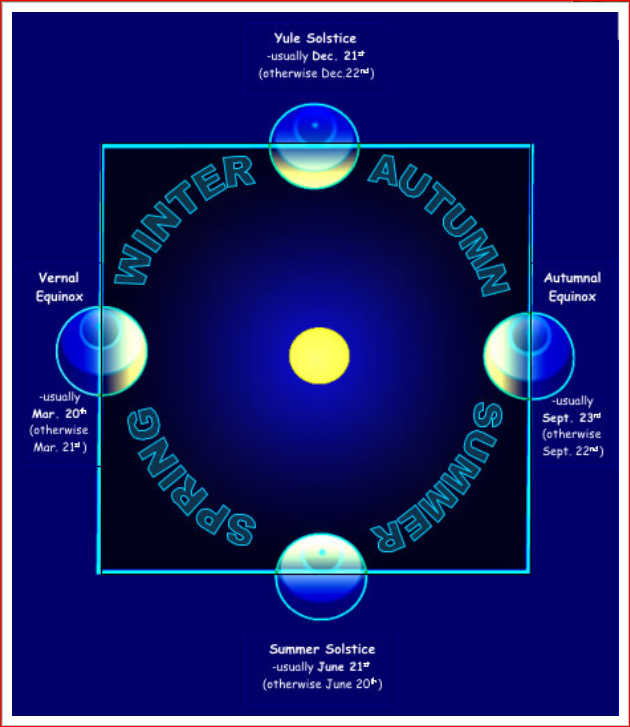
This graphic shows the concept of an Earth to Earth-orbit Space Elevator. Japan has launched an experiment, to be managed by astronauts on the International Space Station, of a very small version of such a Space Elevator. (Image Source: Wikipedia.org)
By Glenn A. Walsh
Reporting for SpaceWatchtower
After a launch delay of nearly 2 weeks, due to a
Pacific Ocean typhoon and some unspecified technical problems, Japan has now [on September 22 at 1:52 p.m. Eastern Daylight Saving Time (EDT) / 17:52 Coordinated Universal Time (UTC) / Sept. 23, 2:52 a.m. Japan Standard Time] launched a mini-Space Elevator
experiment to the International Space Station (ISS). Well known to
fans of science-fiction, a true, operable Space Elevator, between the
Earth and Earth-orbit, could potentially reduce the cost of moving
payloads to Earth orbit by a significant amount.
The launch, originally scheduled the
evening of September 10 (the morning of September 11, Japanese time),
was delayed by Typhoon Mangkhut which had threatened the U.S.
territory of Guam. The Japan Aerospace Exploration Agency (JAXA) uses
a NASA ground-based satellite tracking station on Guam, which is needed to
receive data during the launch of JAXA's H-IIB rocket.
Once deployed in Outer Space from the
ISS, this mini-experiment of the Space Elevator concept will consist
of 2 ultra-small cubic satellites, known as “cube-sats,”
connected by a steel cable. A small container, something like a
mini-trolley-car or mini-elevator-car, will then travel between the 2
cube-sats using its own motor. Cameras attached to each cube-sat will
record the movement of the small container.
Each cube-sat is about 4 inches / 10
centimeters on each side. The steel cable, along which the
elevator-car will move, measures about 33 feet / 10 meters long.
This mini-Space Elevator experiment is
a project of Japan's Shizuoka University Faculty of Engineering. It
was launched on a Kounotori ('White Stork') Cargo Ship to the ISS, from the
Tanegashima Space Center in the Japanese Prefecture of Kagoshima (a
prefecture is similar to a U.S. state).
The Japanese cargo ship also has 5 tons of supplies for the ISS, which includes water, food, fuel, spare parts, other science experiments, and 6 new lithium-ion batteries for the International Space Station. The cargo ship will take 3 to 5 days reach the space station.
The Japanese cargo ship also has 5 tons of supplies for the ISS, which includes water, food, fuel, spare parts, other science experiments, and 6 new lithium-ion batteries for the International Space Station. The cargo ship will take 3 to 5 days reach the space station.
Although cables have been extended in
Outer Space in the past, the Japanese Space Elevator experiment will be the first
time an elevator-car-like container will travel along such a cable.
If successful, this experiment could boost interest in such a
transportation system.
Both scientists and science-fiction
writers have long dreamed of a Space Elevator. Although some people
doubt such a transportation system is plausible, there is an
International Space Elevator Consortium (ISEC) which held their 2018
Space Elevator Conference in Seattle last month.
Corporations in both Japan and China
have expressed the interest in building a true Earth to Earth-orbit
Space Elevator by mid-century. Google X, the Google think-tank for
big ideas, has also expressed interest in the concept.
One of the major problems with space
travel is the huge cost of transporting people and cargo into Earth
orbit. Currently, we need expensive rockets to counter Earth's
gravity to place payloads in Earth orbit.
A true Space Elevator, between Earth
and Earth-orbit, could greatly reduce the cost of transporting both
human and cargo payloads into Earth orbit. This would make it much
easier and inexpensive to build space stations in orbit of Earth and
the Moon, as well as eventually traveling to Mars, the Asteroid Belt,
and beyond.
The Japanese firm, Obayashi Corp.,
estimates the total cost for constructing a fully functional Space
Elevator at 10 trillion Yen / US $90 billion. The Obayashi Corp.
compares this cost to a very similar cost of another transportation
system being considered: a passenger, magnetic-levitation train
project between Tokyo and Osaka.
Internet Link to Additional Information ---
Space Elevator: Link >>> https://en.wikipedia.org/wiki/Space_elevator
Source: Glenn A. Walsh Reporting for SpaceWatchtower, a project of Friends of the Zeiss.
Sunday, 2018 September 23.
Like This Post? - Please Share!
More Astronomy & Science News - SpaceWatchtower Twitter Feed:
Link >>> https://twitter.com/spacewatchtower
Astronomy & Science Links: Link >>> http://buhlplanetarium.tripod.com/#sciencelinks
Want to receive SpaceWatchtower blog posts in your in-box ?
Send request to < spacewatchtower@planetarium.cc >.
gaw
Glenn A. Walsh --- < http://buhlplanetarium2.tripod.com/weblog/spacewatchtower/gaw/ >
Electronic Mail: < gawalsh@planetarium.cc >
Project Director, Friends of the Zeiss: < http://buhlplanetarium.tripod.com/fotz/ >
SpaceWatchtower Editor / Author: < http://spacewatchtower.blogspot.com/ >
Formerly Astronomical Observatory Coordinator & Planetarium Lecturer, original Buhl Planetarium & Institute of Popular Science (a.k.a. Buhl Science Center), Pittsburgh's science & technology museum from 1939 to 1991.
Author of History Web Sites on the Internet --
* Buhl Planetarium, Pittsburgh:
< http://www.planetarium.
* Adler Planetarium, Chicago:
< http://adlerplanetarium.
* Astronomer, Educator, Optician John A. Brashear:
< http://johnbrashear.tripod.com >
* Andrew Carnegie & Carnegie Libraries:
< http://www.andrewcarnegie.

